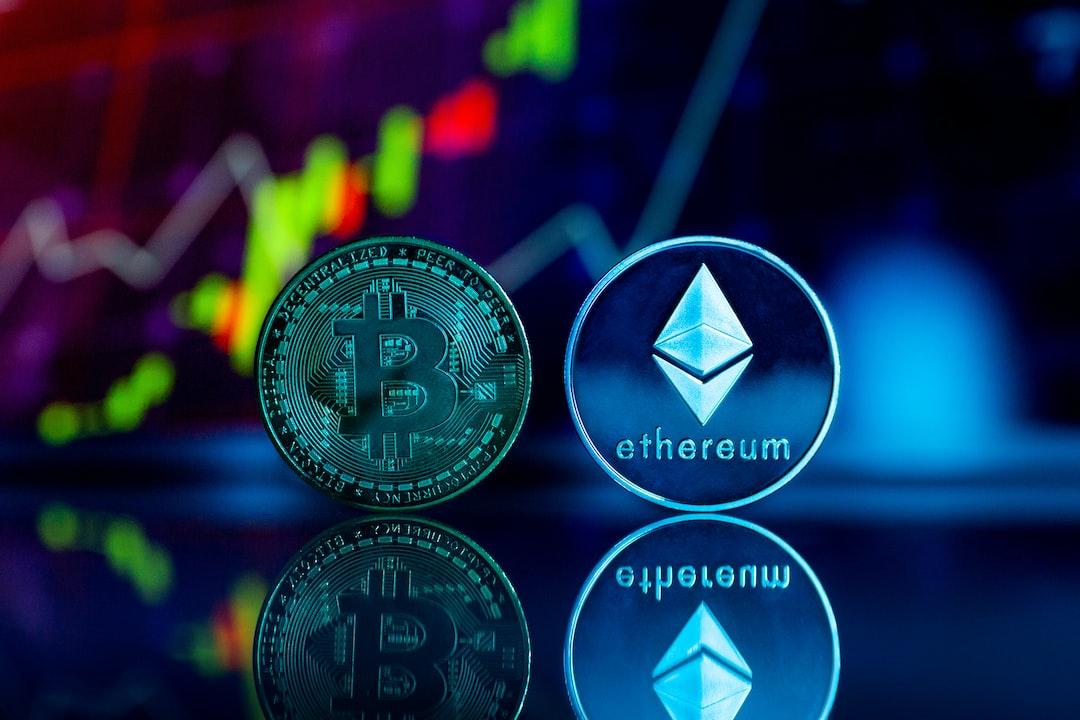Taiwan’s electronic payment market has entered a competitive era, with the question of who is the current king of “beep economy” in terms of user numbers.
According to the latest data released by the Financial Supervisory Commission (FSC), as of the end of August 2024, the total number of electronic payment account users in Taiwan has reached 29.51 million, with an average of 1.26 accounts per person.
Among them, JKOPay has become the most popular electronic payment brand with 6.562 million users. As for the second and third places, they are closely followed by the 6.502 million users of iPASS and 5.03 million users of AllPay, an electronic payment brand created by the RT-Mart chain.
According to the FSC’s statistics, as of the end of August this year, in addition to 10 specialized electronic payment institutions, there are also 20 mixed institutions such as banks and post offices that offer electronic payment services. The total number of unregistered electronic payment account users continues to rise, reaching 29.51 million, with a monthly increase of 330,000 users. On average, each person in Taiwan has 1.26 electronic payment accounts.
In terms of user rankings, JKOPay is the most popular with 6.562 million users. iPASS takes second place with nearly 6.502 million users, with only a difference of 60,000 users compared to JKOPay. As for AllPay, it has 5.03 million users, with a difference of nearly 1.5 million users compared to iPASS.
Easycard takes fourth place with a total of 3.137 million users. Yuanta Bank takes fifth place with 2.47 million users, and is the only bank to make it into the top five electronic payment account user rankings.
As for the total transaction amount of all electronic payment institutions, it reached NT$17.42 billion in August, a decrease of NT$440 million compared to the previous month. In August, the total amount of domestic and overseas small-scale remittances reached NT$16.32 billion, an increase of NT$460 million. The total amount of stored value payments in August was NT$31 billion, an increase of NT$110 million. The payment balance in August was NT$16.09 billion, an increase of NT$450 million.
It is worth noting that LINE Pay, which is popular among Taiwanese people, did not make the list. In fact, LINE Pay is still classified as a “third-party payment institution” under the supervision of the National Communications Commission, and has not yet been upgraded to “electronic payment”.
According to the regulations, if the daily average amount of payment transactions handled by a third-party payment agent exceeds NT$2 billion, it is required to “upgrade” and apply for an electronic payment license from the FSC for regulatory oversight.
According to the information obtained by the FSC, in 2023, there were a total of seven third-party payment providers with a daily average balance of over NT$1 billion for payment transactions, including Line Pay, Pi Pay, Bluepay, EcPay, Foodpanda, UberEats, and 91App. These providers are potential applicants for electronic payment licenses in the future.
Further reading:
Seizing the opportunity in the booming electronic payment market, what is the strategy for “cross-border payment”? What are the strategies of Easycard and JKOPay?
How did AllPay achieve a “30% monthly growth rate”? The battle for Taiwan-Japan cross-border payment! The top three in Taiwan’s electronic payment market determined by two indicators.
JKOPay announces support for TWQR! Starting July 1st, “scan and pay” with TWQR, what is TWQR service? 5-step checkout explained with illustrations.
Editor: Li Xiantai

